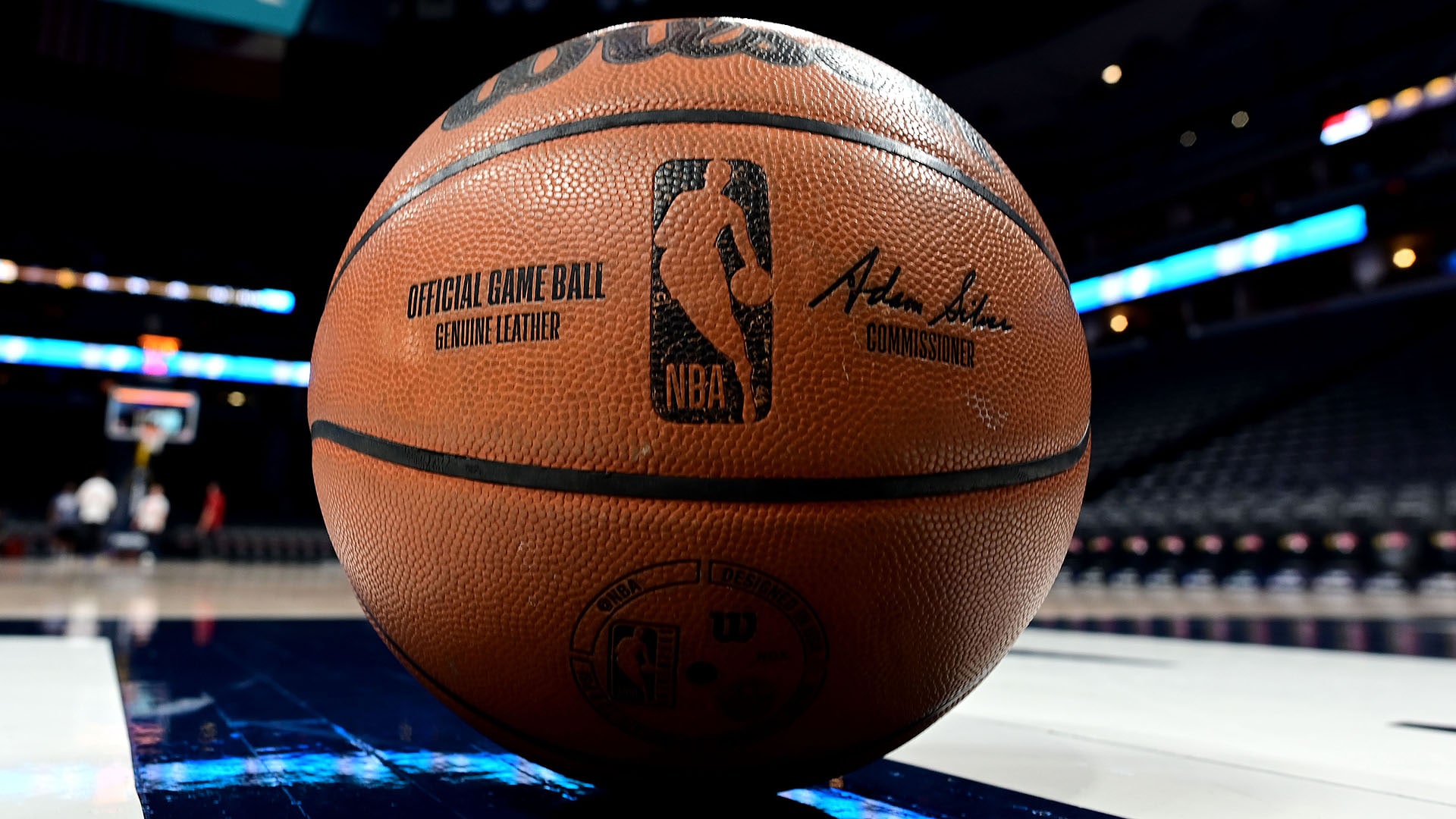
Phoenix is the defending champion of the West and returns a solid core in 2021-22.
Injuries affected both sides of the 2021 playoff bracket, but they were particularly brutal in the Western Conference.
Jamal Murray tore his ACL before the postseason began, Anthony Davis didn’t make it out of the first round, Mike Conley missed the first five games of the conference semis, and Kawhi Leonard was lost later in that same series. Chris Paul fought through one injury to push the Phoenix Suns to The Finals, but needed wrist surgery after the season was over.
Unfortunately, two of those injuries will spill over into the 2021-22 season, with Murray and Leonard expected to miss all or most of the season. (Klay Thompson, meanwhile, might not make his long awaited return until December.) That seemingly takes two teams out of title contention, but there are many issues in the West to address.
The Los Angeles Lakers have LeBron James and Anthony Davis, but there’s no telling if the acquisition of Russell Westbrook was a plus or a minus. The Suns just reached The Finals, but Paul is a year older. The Utah Jazz had the league’s best record, but flamed out in the playoffs.
Maybe the Dallas Mavericks can climb into that top tier. And maybe Thompson’s eventual return has the Warriors recapturing their magic.
For this (sure-to-be-proven-wrong) projection, it’s the Suns, Lakers and Jazz at the top, with L.A.’s volatile offseason making them a little less of a sure thing than the defending conference champs.
For these offseason rankings, we’re looking at each conference separately, with the Eastern Conference having been published last week. All stats refer to the 2020-21 regular season unless otherwise noted.
Previously…
- May 10: Sixers finish at No. 1 as season wraps up
- Last offseason (Nov. 28): Western Conference Power Rankings: Champs lead the way — The Lakers had an unusual amount of roster turnover for a defending champion, while the Clippers, Rockets, Pelicans and Thunder made coaching changes. The Wolves got the No. 1 pick, Klay Thompson suffered a second straight devastating injury, and OKC sent Chris Paul to Phoenix, Dennis Schroder to L.A., and Steven Adams to New Orleans.
Pace: Possessions per 48 minutes (League Rank)
OffRtg: Points scored per 100 possessions (League Rank)
DefRtg: Points allowed per 100 possessions (League Rank)
NetRtg: Point differential per 100 possessions (League Rank)
The league averaged 99.7 possessions (per team) per 48 minutes and 111.7 points scored per 100 possessions last season.
NBA.com’s Power Rankings, released every Monday during the season, are just one man’s opinion. If you have an issue with the rankings, or have a question or comment for John Schuhmann, send him an e-mail or contact him via Twitter.

























